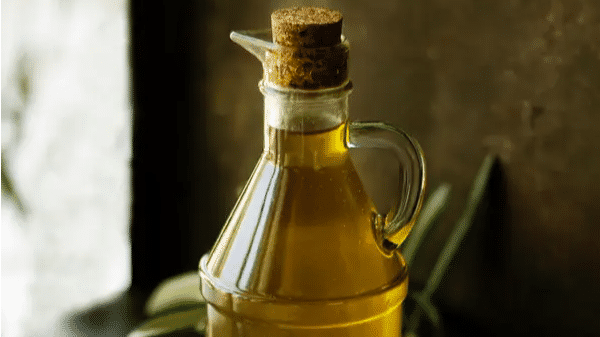India is the world’s largest importer of edible oil and it means that disruptions in the global edible oil industry are particularly sensitive to the Indian economy and household finances. The decision by Indonesia to ban palm oil exports on April 22 has the potential to deliver such a shock as it is the world’s largest producer of palm oil.
Also Read| Gold, silver and other metal prices on Wednesday, April 27, 2022
Indonesian President Joko Widodo imposed the export ban citing rising inflation and wanting to ensure the availability of food products at home following Russia’s invasion of Ukraine.
Also Read| How inflation affects RBI’s interest rate policy
The most recent data from the Consumption Expenditure Survey (CES) is available for 2011-12. It enables the consumer to examine the proportion of individual food products in overall household consumption spending.
Also Read| United Kingdom’s inflation rate rises at highest pace in three decades
As one progresses up the monthly per capita consumption expenditure (MPCE) scale, the percentage of edible oil in total household consumption expenditures decreases.
Also Read| Why US inflation is going up and when will it come down
It is as high as 5.8% for the bottom 5% of households but comes down to 1.3% for the top 5%. Edible oil has a bigger percentage of consumer spending than pulses in all MPCE categories.
Also Read| CPI Inflation soars sharply to 17-month high of 6.95% in March
When comparing the CES data from 2011-12 to 1993-94, it is clear that the percentage of edible oil in the poor’s overall spending has grown for the bottom 10% of the population. The figures mentioned here only reflect direct spending on edible oil.
Also Read| Explained: Correlation between bond yield and economy
Oils and fats account for 3.56% of the CPI basket, or almost 9% of the total food basket. In recent years, the contribution of the oils and fats category to headline CPI rise as well as its food component has been much larger than its weight in both baskets.
Also Read| How the US Federal Reserve’s rate hike impacts RBI policy: Explained
While edible oil is an essential element of household budgets and hence retail inflation, the types of oils consumed by Indians are diverse.
Also Read| Explained: Why Russia-Ukraine crisis is hurting Indian markets
Indirectly, edible oil enters home baskets when people consume food and even non-food items that utilise oil in their manufacturing process. Palm oil has become the most significant participant in India’s edible oil sector through this approach.
Also Read| Why crypto donations are skyrocketing worldwide: Explained
“The share of raw oil, refined oil and vanaspati in the total edible oil market is estimated roughly at 35%, 60% and 5% respectively. About 56 % of domestic demand for edible oils is met through imports out of which palm oil/palmolein constitutes about 54%. The consumption of refined palmolein (RBD palmolein) as well as its blending with other oils has increased substantially over the years and is used extensively in hotels, restaurants and in preparation of wide varieties of food products”, according to the Numbers given on the website of the Oil Division of Ministry of Consumer Affairs, Food and Public Distribution.
Also Read| Tesla’s valuation falls by $126 billion amid Elon Musk’s Twitter takeover
This means that until India boosts domestic palm oil production or shifts away from using it to fulfil direct and indirect edible oil requirements, it will continue to be subject to global palm oil market disruptions. The government’s policy appears to have taken the first option. Many others, however, feel that this will have a huge environmental impact.







